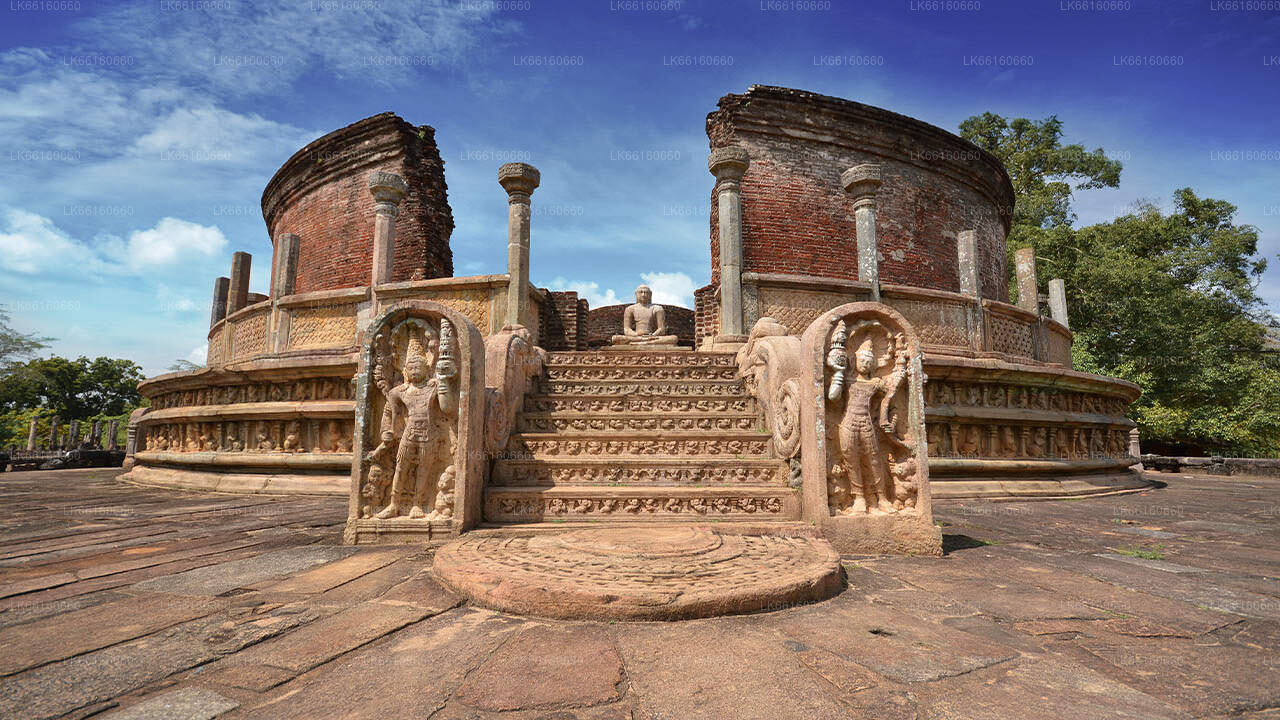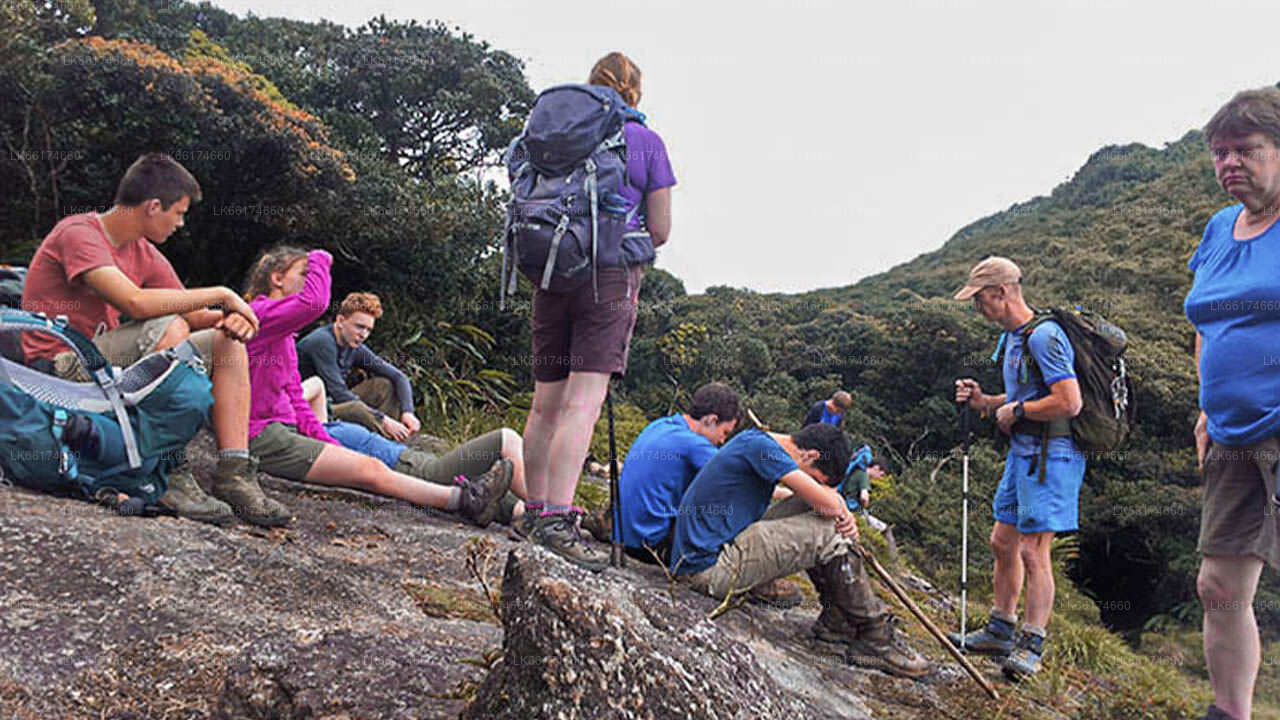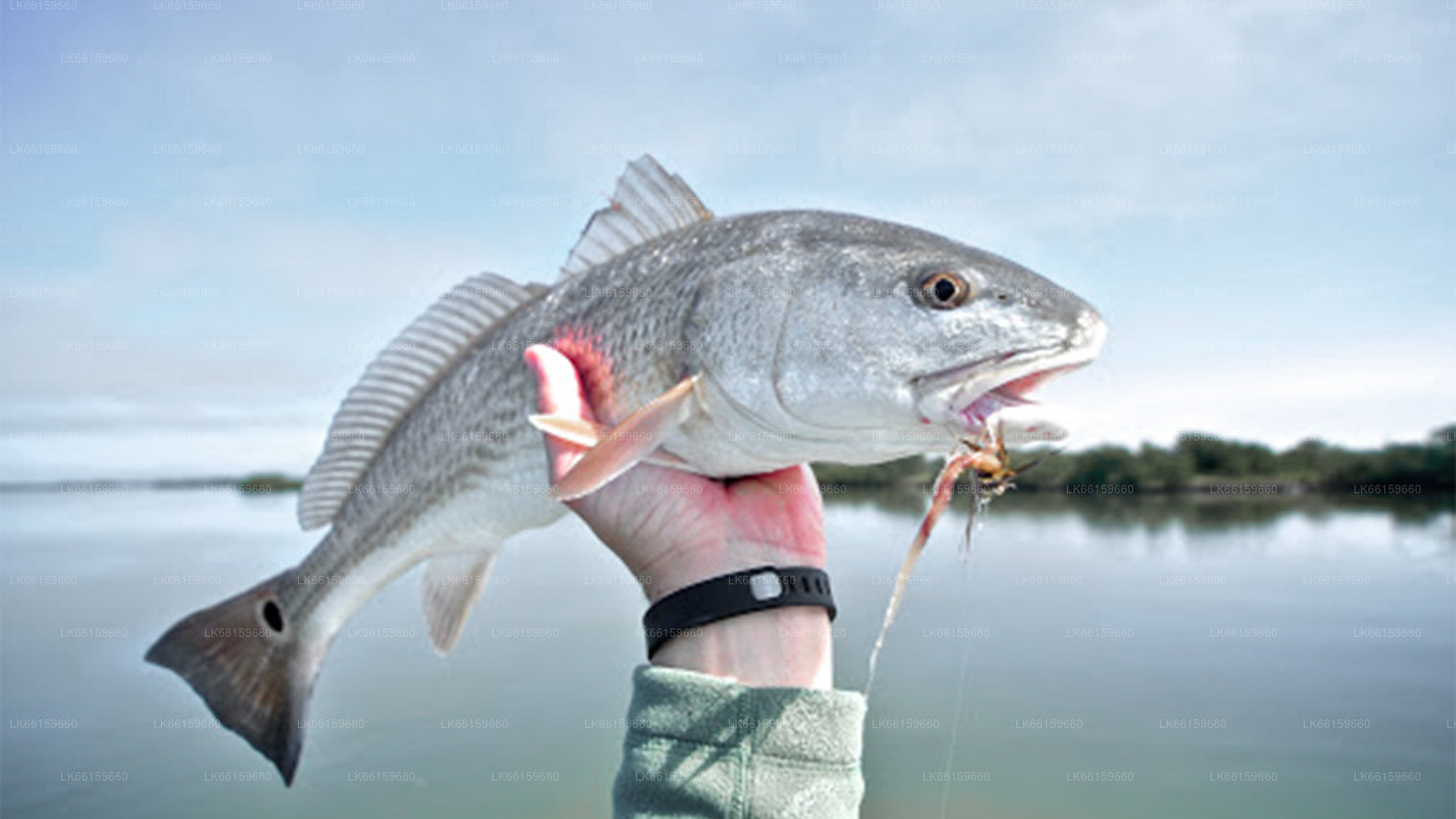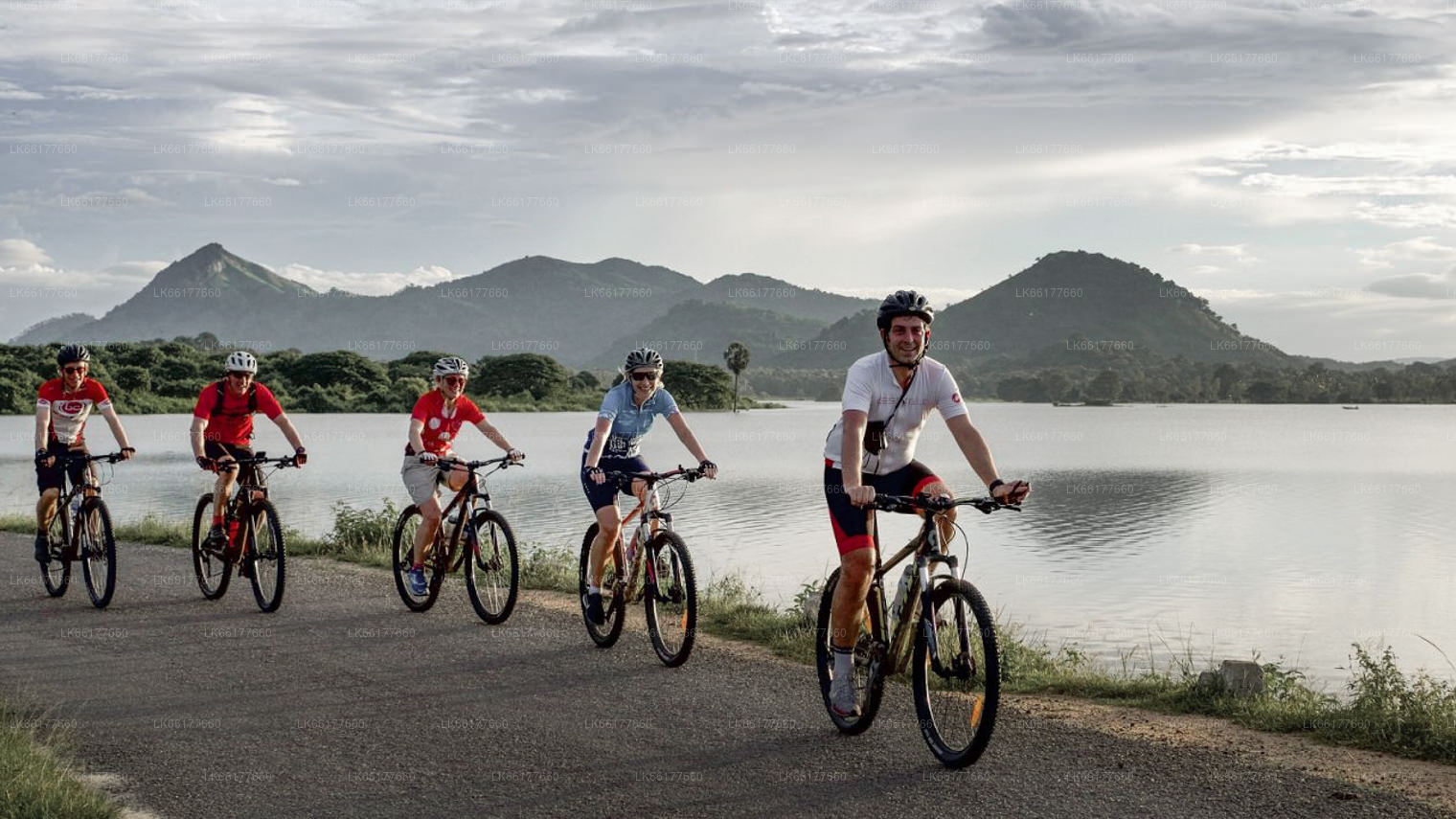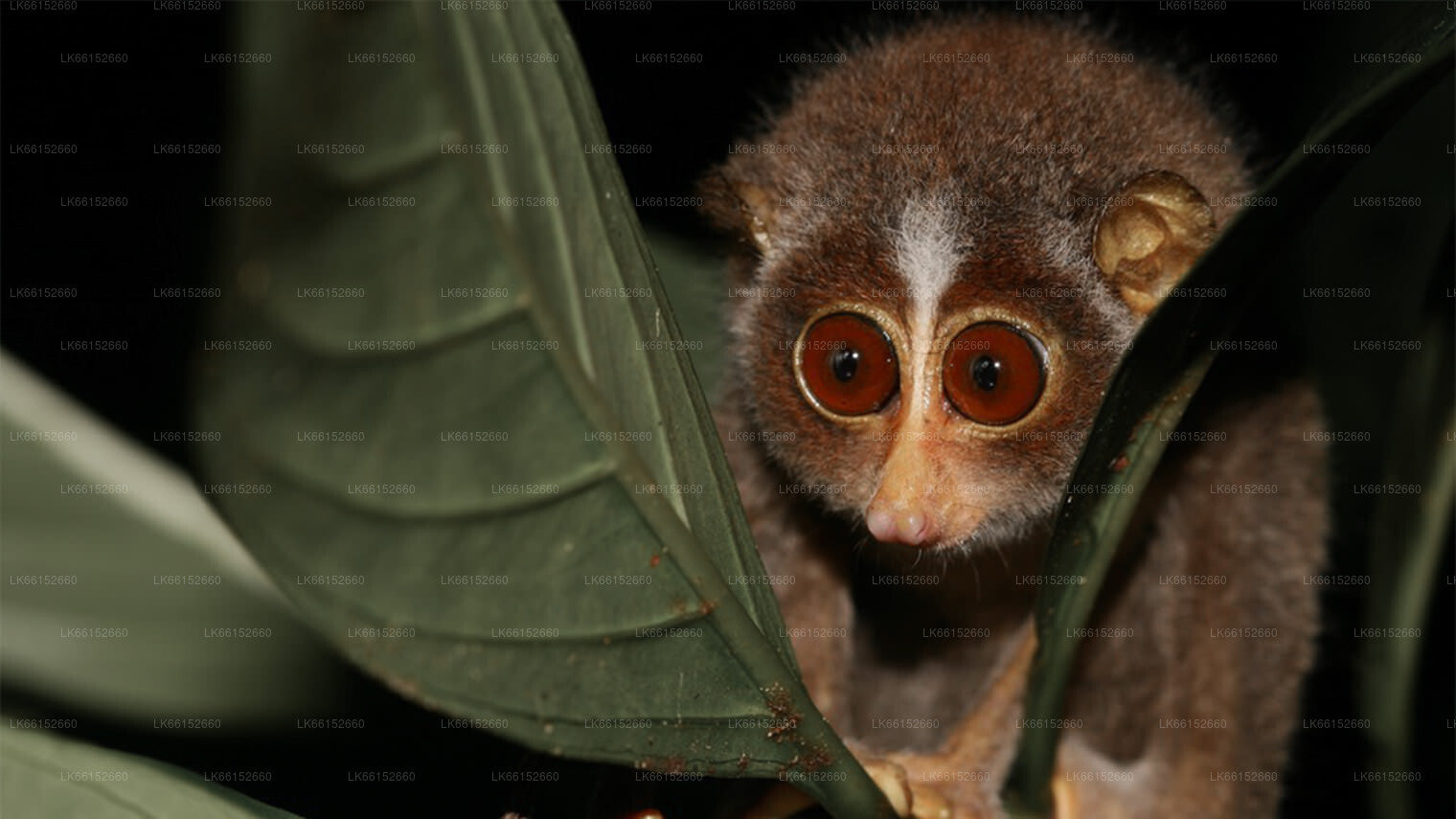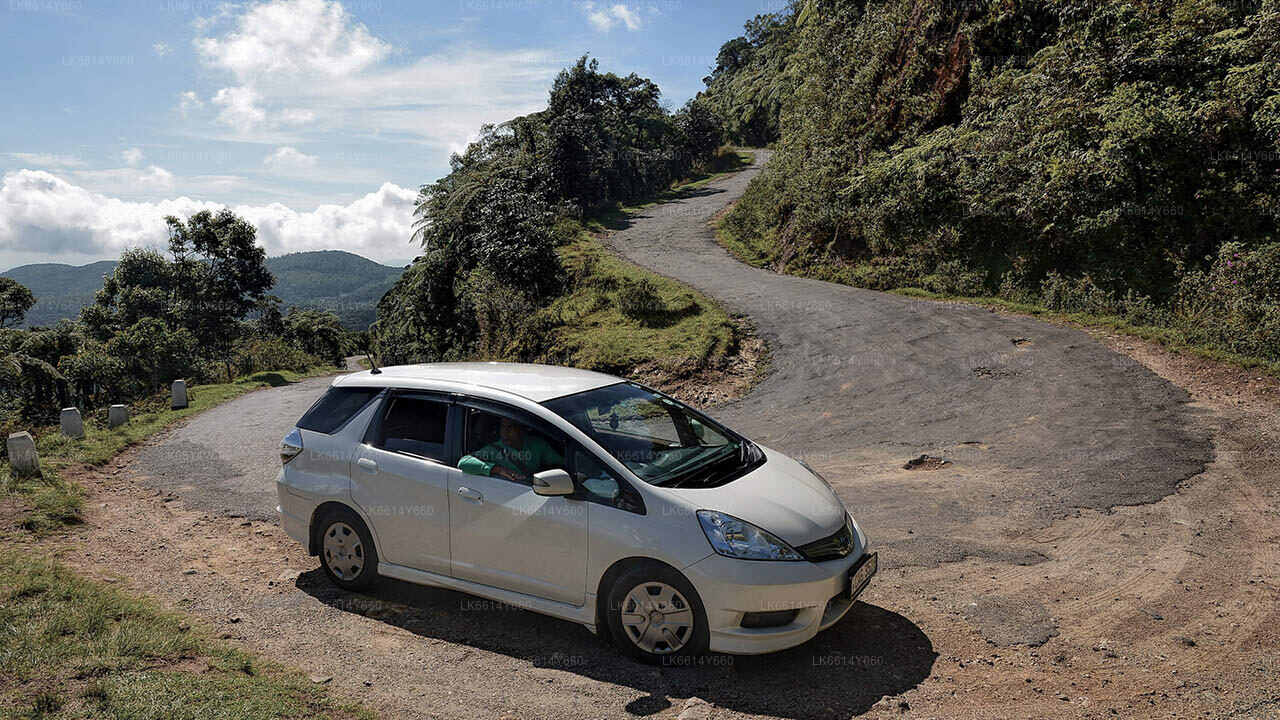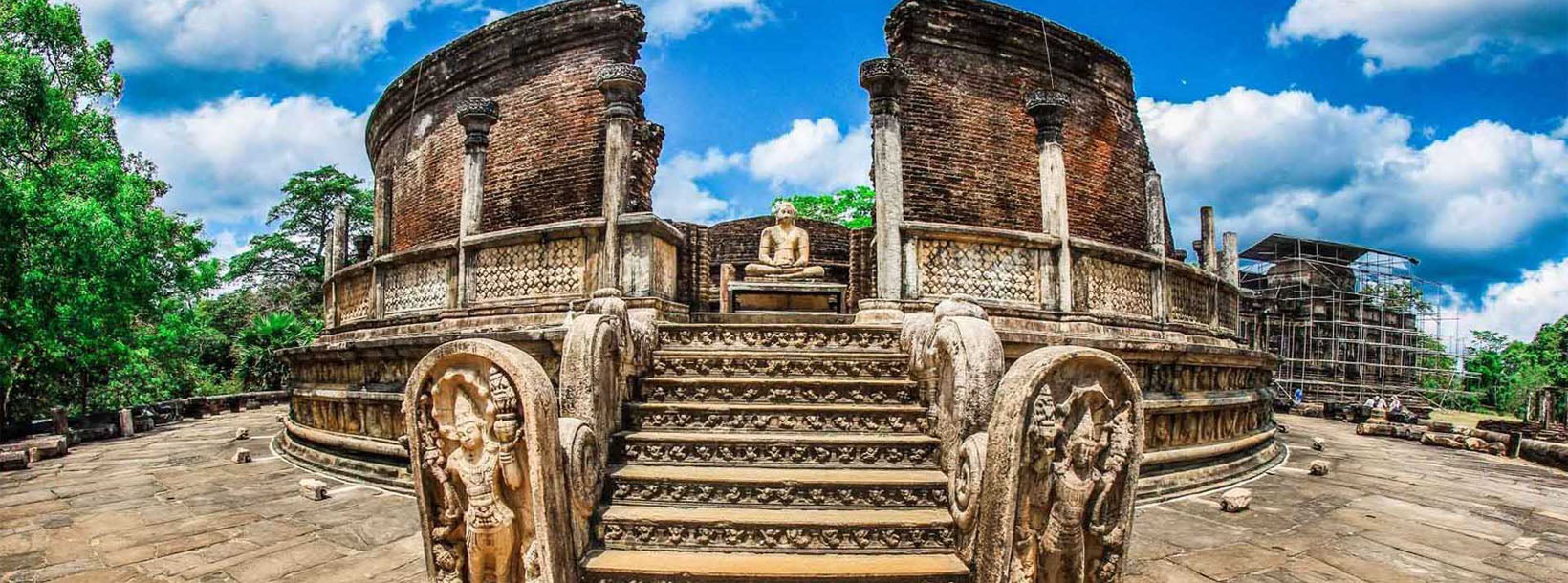
Ville de Polonnaruwa
Polonnaruwa, site classé au patrimoine mondial de l'UNESCO au Sri Lanka, était la capitale médiévale du pays (XIe-XIIIe siècle). Réputée pour ses ruines bien préservées, dont les emblématiques statues du Gal Vihara, elle présente une architecture impressionnante, reflétant la grandeur de l'ancienne civilisation cinghalaise.
Archaeological Museum, Polonnaruwa
The city of Polonnaruwa was once a great kingdom of Sri Lanka. Today you can visit leisurely and spend your vacation nearby the city of Polonnaruwa instead of a worthy journey in Sri Lanka. The museum of Polonnaruwa is one such destination on your way to the archeological findings of the city. The Polonnaruwa museum was established in the Public Services Sports Club Hall at Polonnaruwa in 1962. Obviously, the museum is the first class. You can watch and be informative regarding the monuments and statues and other bric brac which are being perfectly conserved.
Polonnaruwa Is located 216 km from the city of Colombo and has a history which dates back to the 1017 A.D. It was the second capital of Sri Lanka and was ruled by many great Kings including King Parakramabahu I. He sacrificed his whole life to develop and construct the city of Polonnaruwa and contributed to the development of the city, socially, financially and economically. Not only that he gifted Parakrama Samudra which is concerned as the Ocean of North central province of Sri Lanka to the nation.
Visitors are lead according to an easy manner to walk from one room to another. In detail, the citadel, the outer city, the monastery area and the periphery, and also room dedicated for Hindu monuments are full of valuable archeological findings found through the excavations around Polonnaruwa.
It is must to say that most of them were endangered due to lack of enough space to conserve. Some of them had to be scattered on the own premises where they were found. The latter room has consisted of a cluster of bronze monuments. Henceforward they will be conserved and maintained well. The archeological museum is open every day except full moon poya days from 9 a.m to 6 p.m. the main objective is to develop and provide knowledge to the community by following methods of conservations and reservations. You will have to buy a current round ticket or a one day ticket to enter the museum. Rather than that, it will be quite interesting to know the stories behind these monuments. The concept of Archeological museums was started in the 1940s. Yet the Puravidu bhavana was established, most of the monuments were preserved. Moreover, it will be great if you can visit the museum and then moving on to the palaces, ponds and other monuments of polonnaruwa. Through the guidance provided by the museum, you can easily find the monuments and travel destinations around the city without being exhausted.
À propos du district de Polonnaruwa
Polonnaruwa est la deuxième plus grande ville de la province du Centre-Nord du Sri Lanka. Classée au patrimoine mondial de l'UNESCO, sa cité antique est riche d'une riche histoire de conquêtes et de luttes, et constitue à juste titre le troisième élément du Triangle culturel. Située à environ 140 km au nord-est de Kandy, Polonnaruwa offre des heures de plaisir sans fin aux amateurs d'histoire et de culture, grâce à ses nombreux sites remarquables.
La plupart des ruines actuelles sont attribuées au roi Parakrama Bahu Ier, qui consacra d'importantes ressources royales à l'urbanisme, notamment à la construction de parcs, d'édifices, de systèmes d'irrigation, etc. Son règne est considéré comme un âge d'or où le royaume prospéra sous la conduite d'un souverain visionnaire. Le Parakrama Samudra, un immense réservoir, porte le nom de son mécène. Le célèbre palais royal, la salle d'audience entourée d'éléphants en pierre magnifiquement sculptés et le bassin de baignade témoignent de l'excellence technique de l'époque.
À propos de la province du Centre-Nord
La province du Centre-Nord, la plus grande du pays, couvre 16 % de la superficie totale du pays. Elle est composée de deux districts : Polonnaruwa et Anuradhapure. Anuradhapura est le plus grand district du Sri Lanka, avec une superficie de 7 128 km².
La province du Centre-Nord offre de nombreuses opportunités d'investissement pour la création d'entreprises, notamment dans les secteurs de l'agriculture, des industries agroalimentaires et de l'élevage. Plus de 65 % de la population de la province dépend de l'agriculture et des industries agroalimentaires de base. La province du Centre-Nord, également appelée « Wew Bendi Rajje », compte plus de 3 000 réservoirs de moyenne et grande taille. Sri Maha Bodiya, Ruwanweli Seya, Thuparama Dageba, le monastère d'Abayagiri, Polonnaruwa Rankot Wehera et Lankathilake sont des sites à surveiller.






